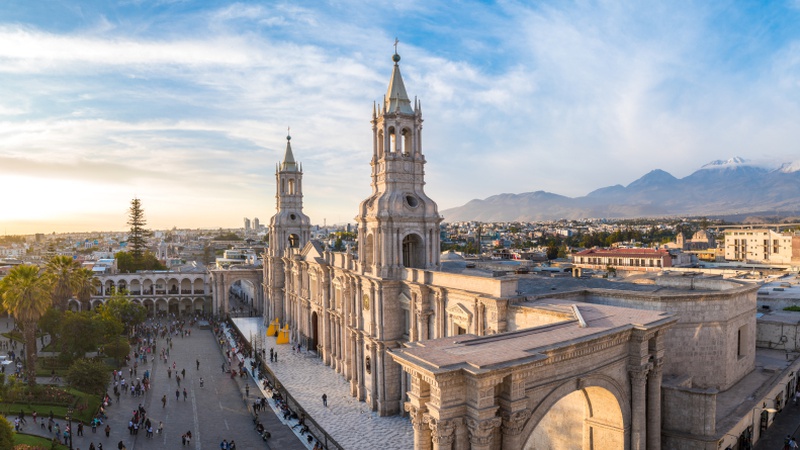
Written by:Claire Dean
Published: 05-07-2022
The Salkantay Trek is recognized by National Geographic as one of the most stunning treks in the world and it has become increasingly popular as an alternative to the Classic Inca trail. The scenery is arguable more impressive as you will trek through a region of glacial snow -capped mountains, down to the tropics within a few days and the view of Machu Picchu at sunrise is unforgettable. The Salkantay Trek has well-established trails through the wilderness with the occasional small village, and while the Inca Trail may offer comparable views and a few more ruins along the way, the remoteness of Salkantay and the fact that you do not need to reserve a permit is definitely a plus for a lot of people. Here is how to prepare for the epic Salkantay Trek!
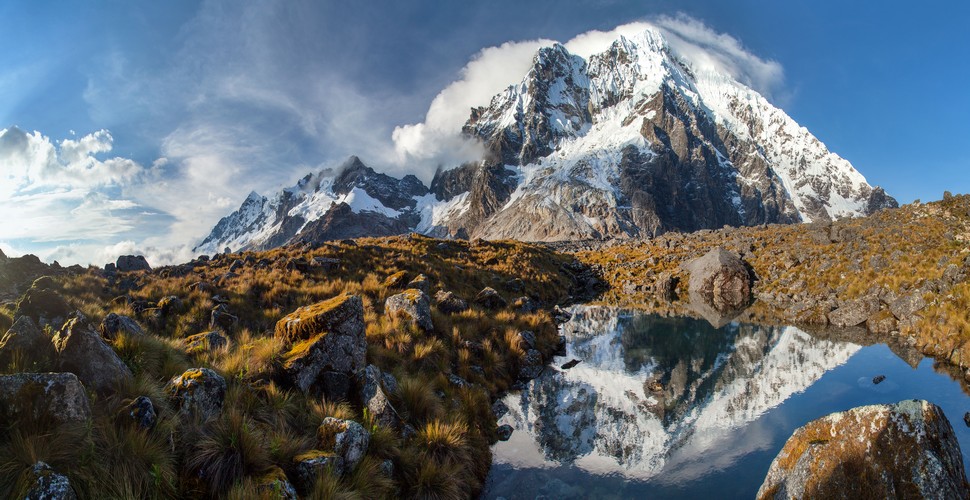
The Salkantay Mountain in the Distance
-The Salkantay Trek is considered a moderate trek, on a scale of easy to difficult, so it’s best to practice and prepare a little beforehand, especially when it comes to fitness. You can definitely take part if you haven’t ever trekked before and these Salkantay trek tips will certainly make life easier.
-Do not hike in new boots. Make sure the hiking boots you choose are comfortable and well-worn in. If you’ve bought new ones, take them on plenty of walks back home so that they are comfy.
-Do some practice hikes at home. Start with short hikes and slowly increase their length. It’s a good idea to head out for long weekends to hike for a few days in a row. This way, you are simulating what you’ll be doing on the trek. Also try to take walks in places with rough terrain to get used to different footing.
-Hike up hills and mountains, as you’ll also come up against a few on the Salkantay Trek.
-Train with walking poles back home so you get used to them before the trek.
-Do strength and cardio exercises to prepare your muscles and your body becomes accustomed to strenuous exercise.
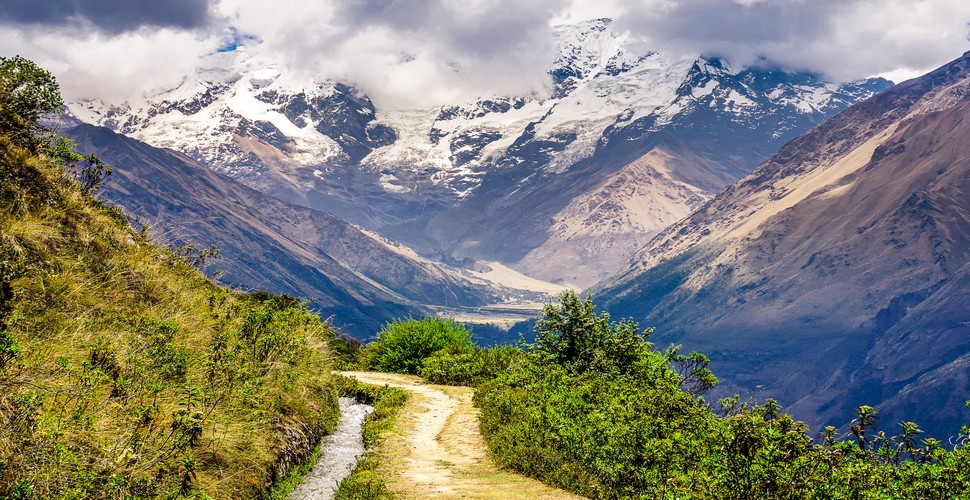
Beginning The Trek
How Fit Do You Need to Be?
You do need to be healthy and fit to finish The Salkantay Trek, which most people are. You don’t need to be a big hiker or exercise all the time to be able to hike it, but it is recommended to do some physical preparation beforehand.
Most people are able to complete this spectacular hike if they eat well, prepare beforehand with their fitness and adjust properly to the altitude.
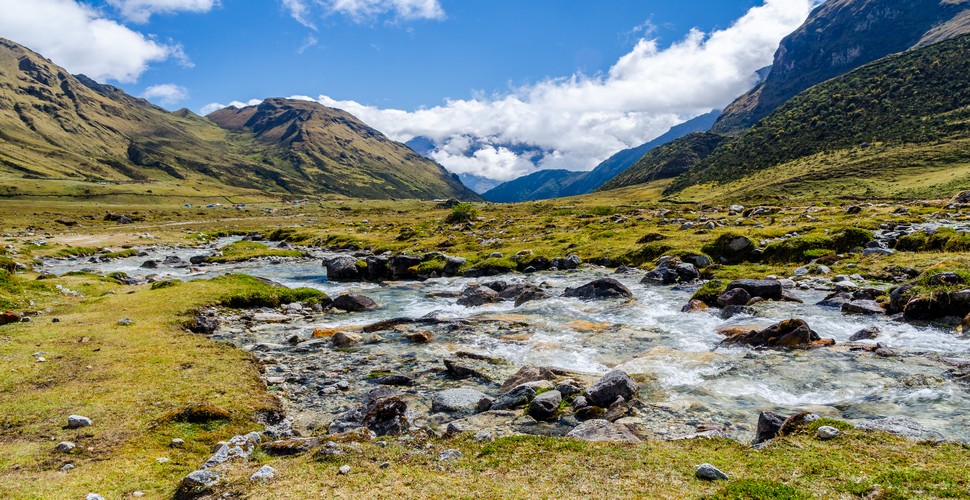
River on The Salkantay Trek
The main physical requirements you need to take part in this trek are:
To be in good shape mentally and physically
Have strong leg muscles
Have no health issues regarding breathing
Consume a healthy diet and avoid alcohol prior to the trek
Be Acclimatized
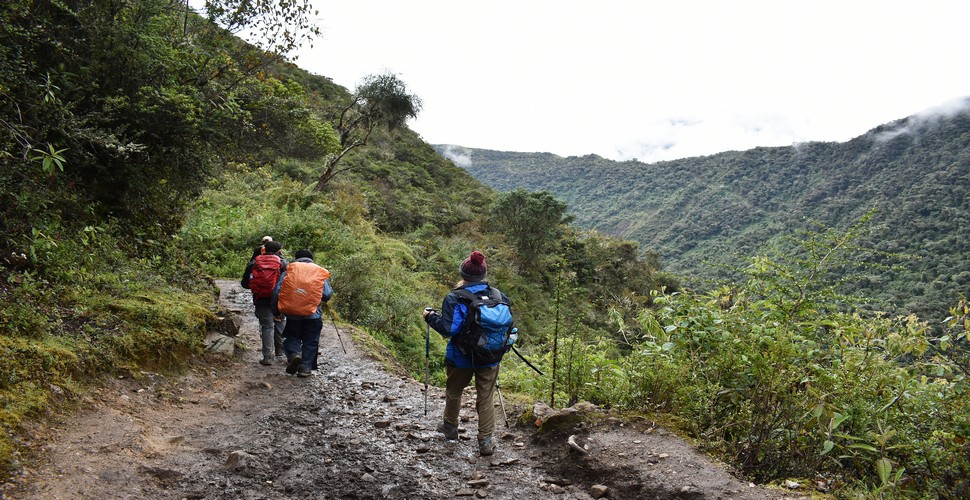
The Trail
Salkantay Trek and Altitude Sickness
The highest point of The Salkantay Trek is 4,600 m, and the average throughout the route is 3,000 m. For this reason, you need to make sure you’re well prepared for the altitude and the associated problems. If you are not acclimatised properly, you can suffer from nausea, headaches, tiredness, dizziness, and breathlessness. Here are a few ways to make sure you’re prepared to face the altitude. Speak to a doctor back home to see if they can prescribe you any medication to help with altitude sickness, just in case.
In Cusco, you will find oxygen cans and pills at the pharmacies if you need them.Drink coca or muna tea. These have been used since ancient times and are great for helping with the effects of high elevation. Take things easy when you get to Cusco. Limit alcohol intake and don’t overdo things. Rest will help you acclimate.
Spend at least 2-3 days in Cusco or the Sacred Valley before the trek to help your body adjust. The last thing you want is to have to cancel your trek because you have not acclimatised sufficiently so allow appropriate acclimatization time.
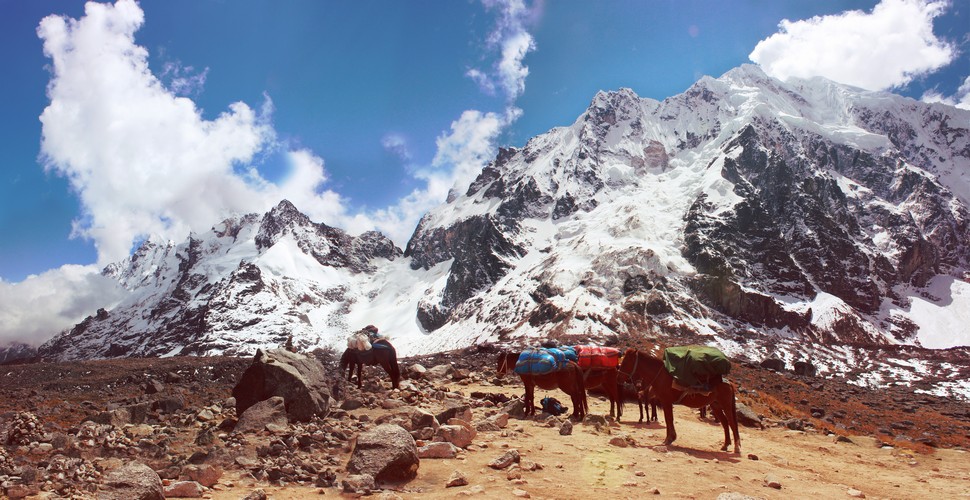
A short rest for the mules at 4000m
How Strenuous is Salkantay Trek?
The Salkantay Trek is relatively challenging. You’ll be heading up to a very high altitude and also find that the terrain can be tough. Ascending and descending throughout can also be tough on your joints, especially knees and ankles. Walking sticks are highly recommended for this trek. The second day of the trek is the most difficult as you walk for a total of 10 hours and over some difficult terrain. You also need to endure the steep and winding path up to the Salkantay Pass at 4,600 m.
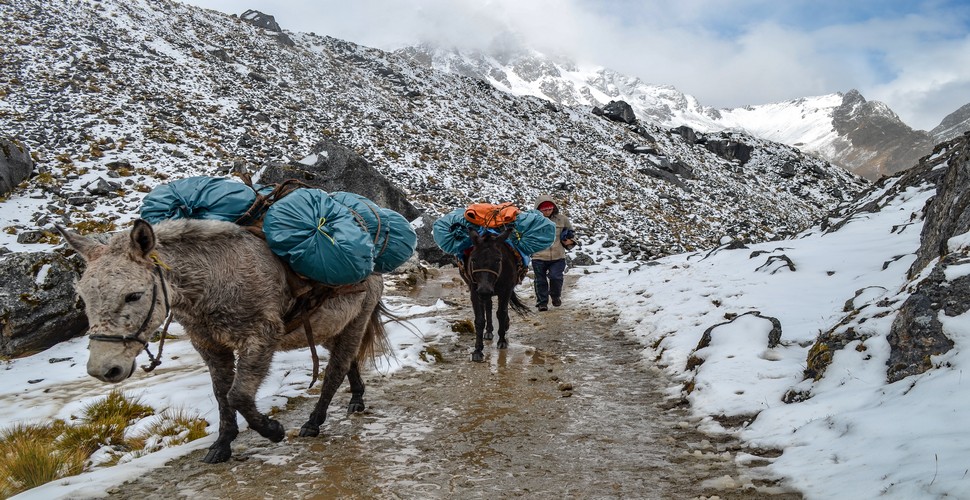
Reaching the Summit



